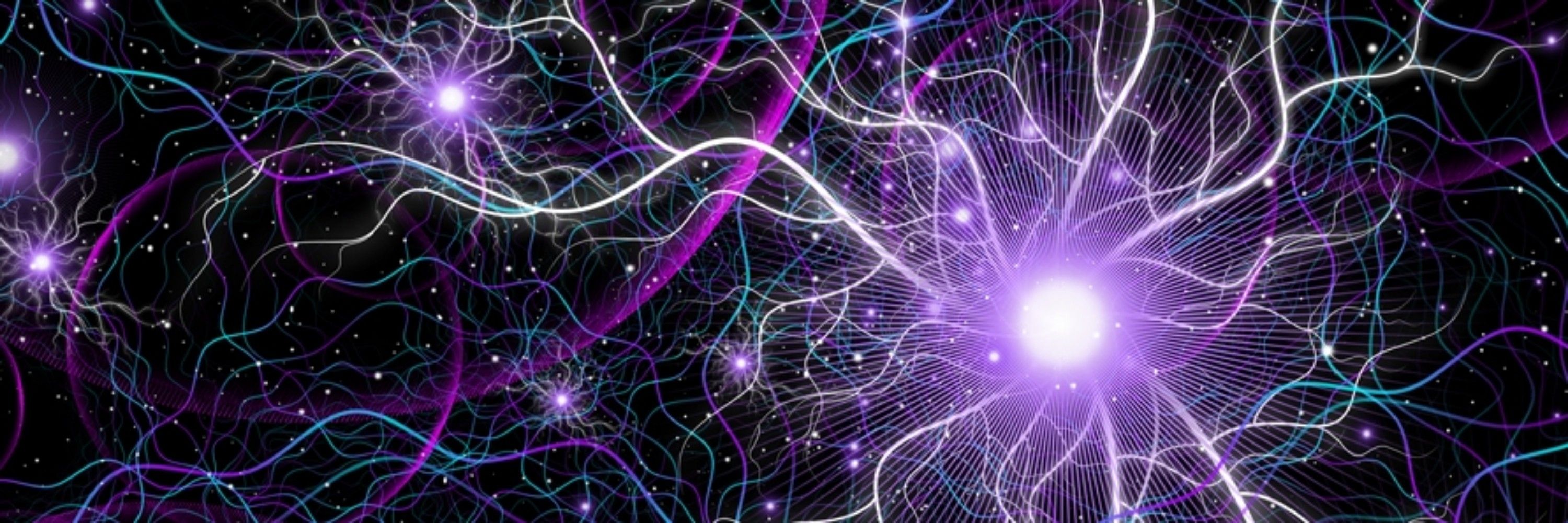
::- #neuroscience , #neurotech, #bioelectronics, #DeSci -::
Researcher @ PsyDAO.io
Neurotech Track @ ZuCity Japan 08/09.25
Project Outreach @ Cyberdelic.nexus
Princeton Alum

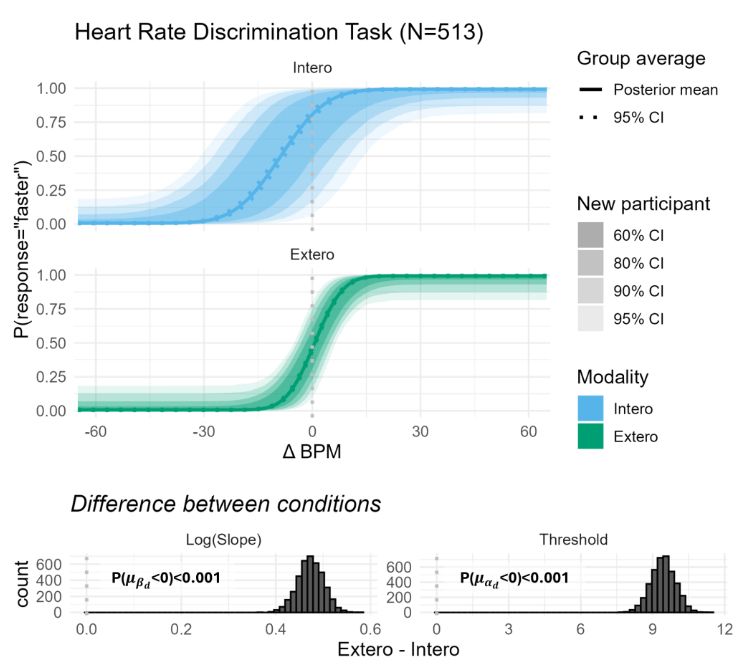
www.nature.com/articles/s41...
#neuroscience

www.nature.com/articles/s41...
#neuroscience
Adversarial testing of global neuronal workspace and integrated information theories of consciousness
www.nature.com/articles/s41...

Adversarial testing of global neuronal workspace and integrated information theories of consciousness
www.nature.com/articles/s41...
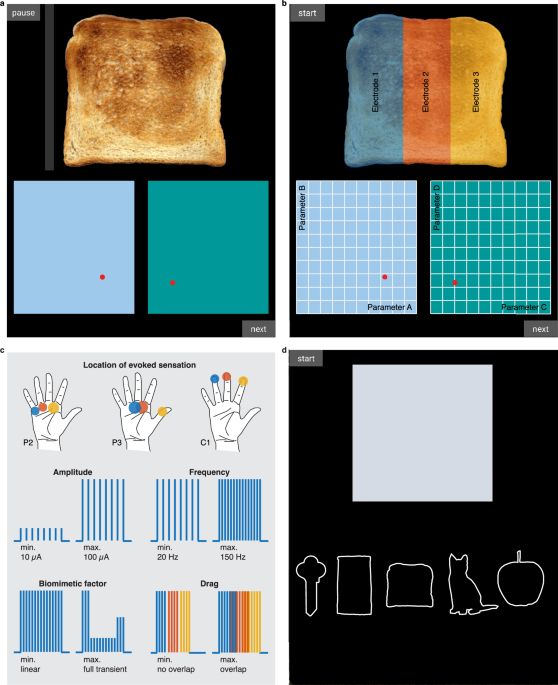
👉 You're cordially invited to join us!
Kudos to this year's main organizer, Robert Prentner!
amcs-community.org/events/moc6-... #consci
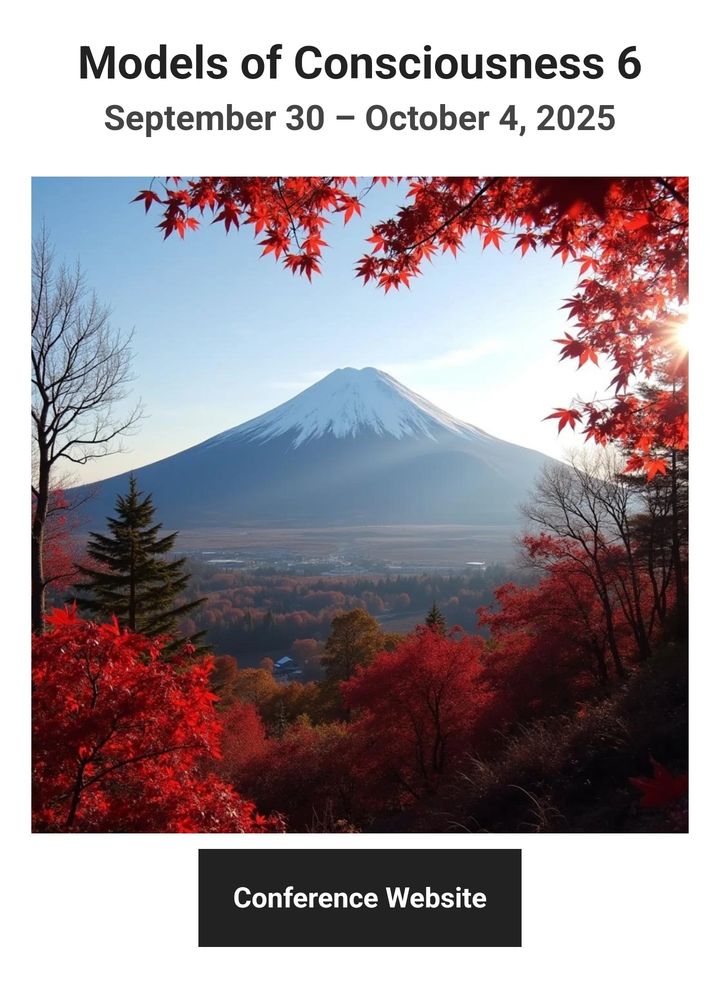
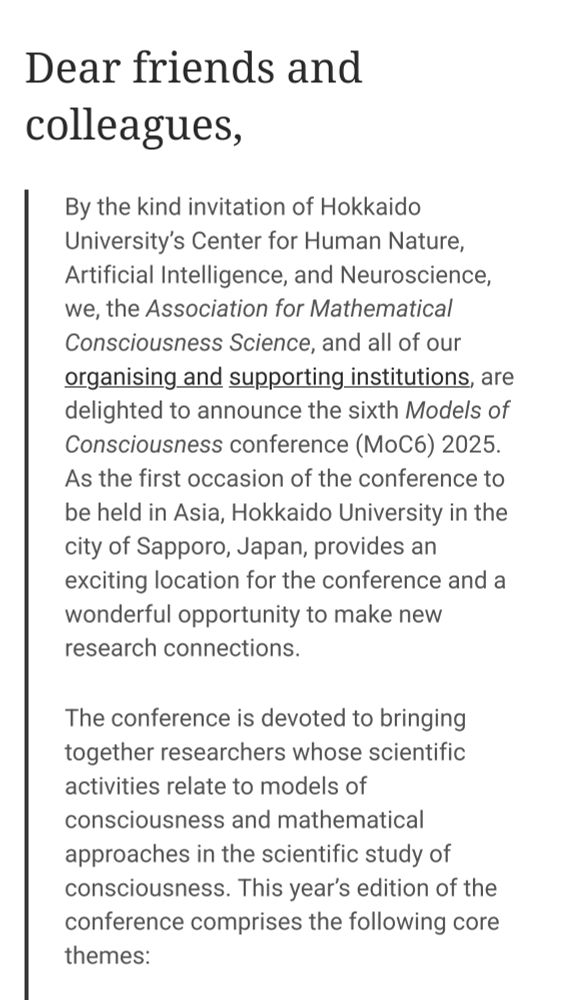
👉 You're cordially invited to join us!
Kudos to this year's main organizer, Robert Prentner!
amcs-community.org/events/moc6-... #consci

"Experience reorganizes content-specific memory traces in macaques" 🧵
🧪🧠🤖👩🔬
www.biorxiv.org/content/10.1...

"Experience reorganizes content-specific memory traces in macaques" 🧵
🧪🧠🤖👩🔬
www.biorxiv.org/content/10.1...
One big (scandalous?) idea, simple analyses, and the STRONGEST brain/behavior correlation I've EVER seen (which is shocking, given that it's mood).
Work with: You-Ping Yang, @catrinahacker.bsky.social and Veit Stuphorn.
www.biorxiv.org/content/10.1...

One big (scandalous?) idea, simple analyses, and the STRONGEST brain/behavior correlation I've EVER seen (which is shocking, given that it's mood).
Work with: You-Ping Yang, @catrinahacker.bsky.social and Veit Stuphorn.
www.biorxiv.org/content/10.1...
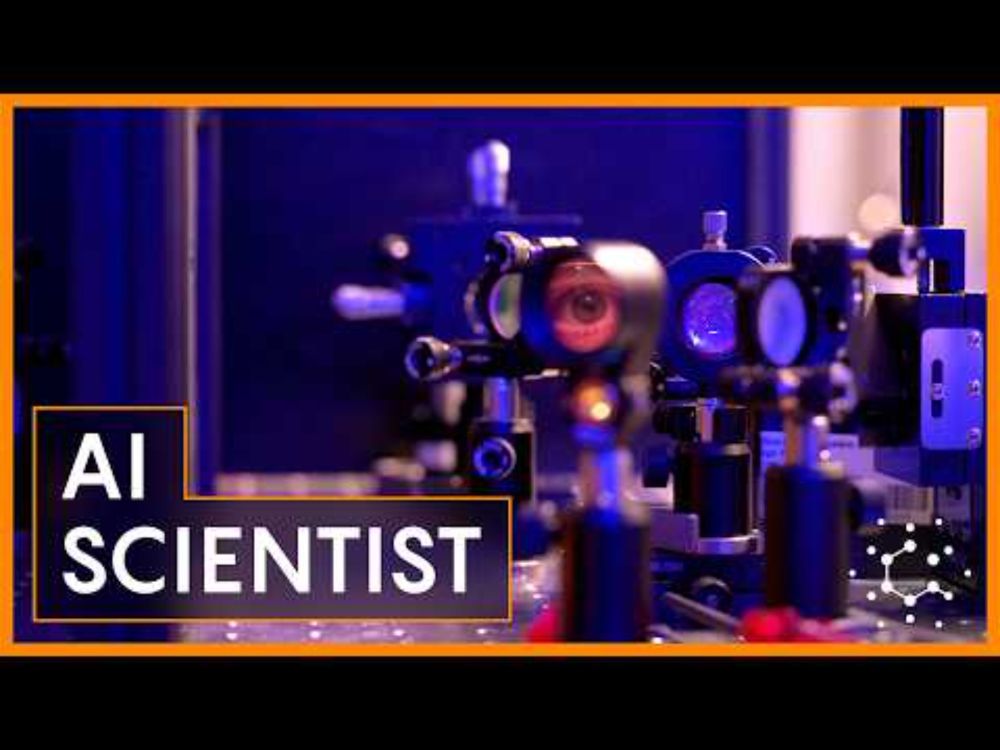
Rarely categorical, always high-dimensional: how the neural code changes along the cortical hierarchy
www.biorxiv.org/content/10.1...
#neuroscience

Rarely categorical, always high-dimensional: how the neural code changes along the cortical hierarchy
www.biorxiv.org/content/10.1...
#neuroscience
www.neuroelectrics.com/blog/bridgin...
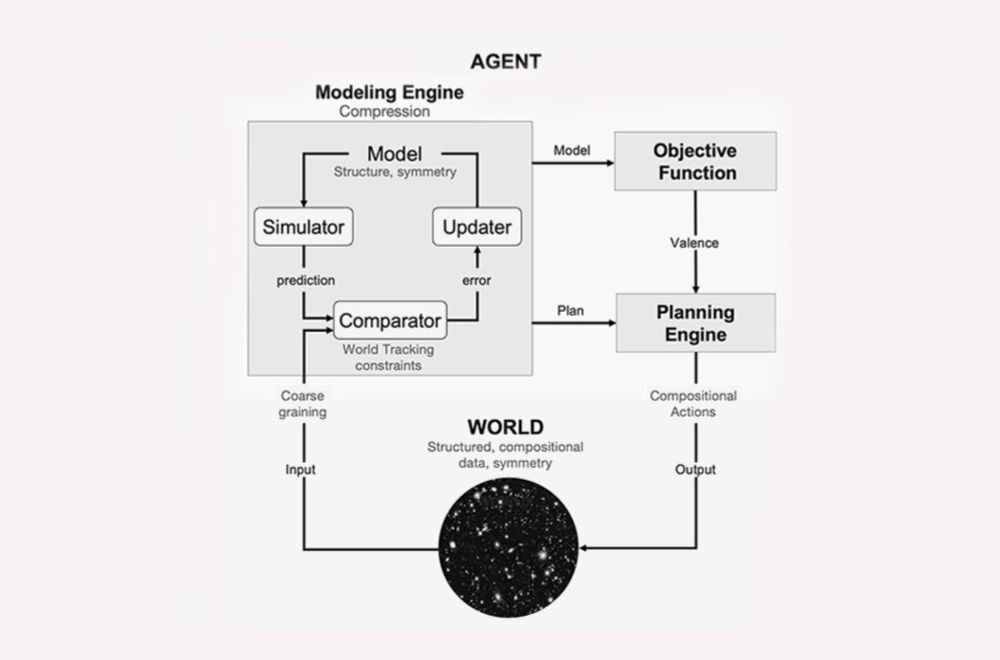
www.neuroelectrics.com/blog/bridgin...
www.wired.com/story/nose-c...

www.wired.com/story/nose-c...
Our study by @aboharbf.bsky.social and @pashadavoudian.bsky.social, developing an imaging and machine learning pipeline to test a panel of psychoactive drugs.
Paper here 👇
www.nature.com/articles/s41...

Our study by @aboharbf.bsky.social and @pashadavoudian.bsky.social, developing an imaging and machine learning pipeline to test a panel of psychoactive drugs.
Paper here 👇
www.nature.com/articles/s41...
www.chapman.edu/scst/confere...
#philsky #philsci #neuroskyence

www.chapman.edu/scst/confere...
#philsky #philsci #neuroskyence
Artificial Life studies evolutionary processes of self-replicating programs in virtual chemistries, such as Tierra or avida (pioneered by Tom Ray & Christoph Adami).
Allows for open-ended evolution without an explicit goal!

Artificial Life studies evolutionary processes of self-replicating programs in virtual chemistries, such as Tierra or avida (pioneered by Tom Ray & Christoph Adami).
Allows for open-ended evolution without an explicit goal!
arxiv.org/abs/2406.19108
I bet this can be used in highly unorthodox ways for de-novo design in science.

www.biorxiv.org/content/10.1...

www.biorxiv.org/content/10.1...
#neurotech 🧠🧑💻
#bioelectronics ⚡
#DeSci 🧬▪️🔗
#psychedelics ⚕️💊
#d/acc 📈🛡️
#neurotech 🧠🧑💻
#bioelectronics ⚡
#DeSci 🧬▪️🔗
#psychedelics ⚕️💊
#d/acc 📈🛡️
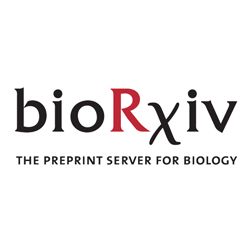
Find out how it can serve you ⏬
🧵1/8
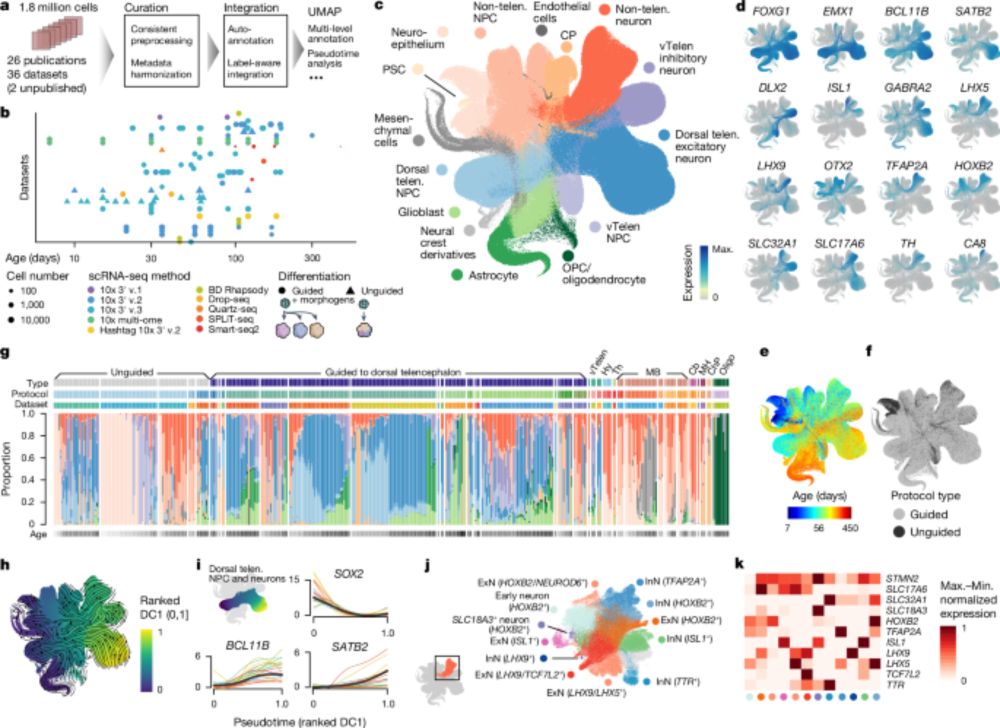
Find out how it can serve you ⏬
🧵1/8


